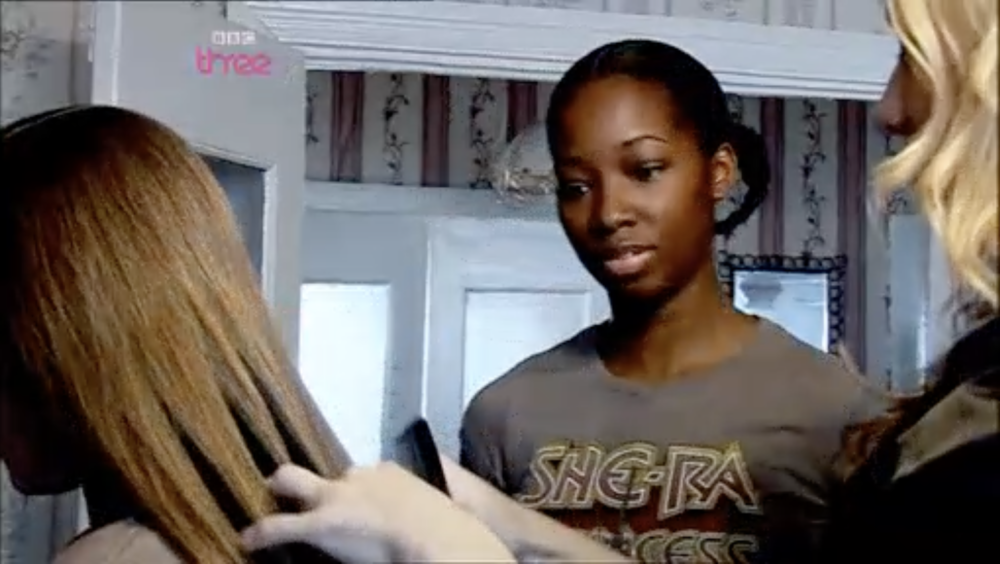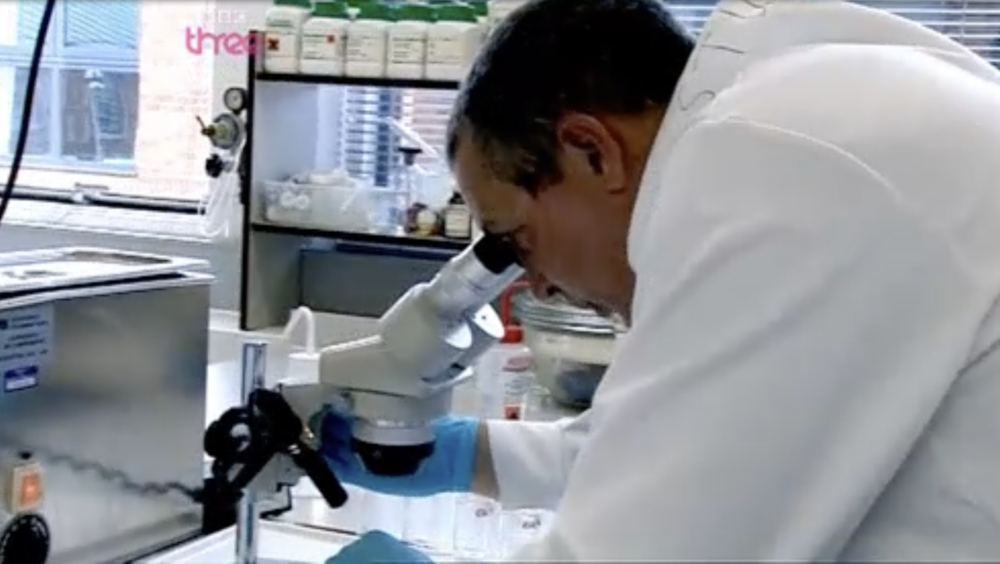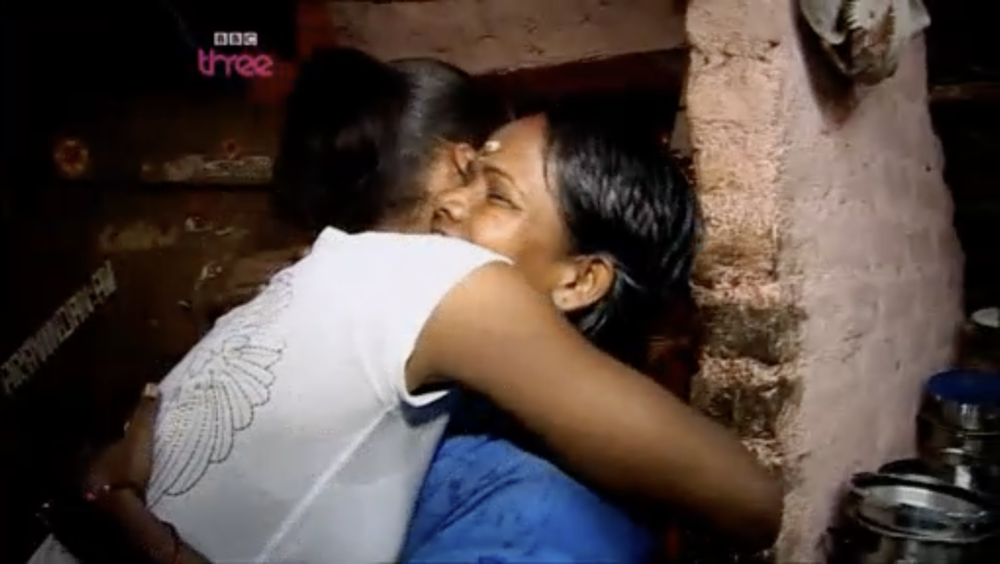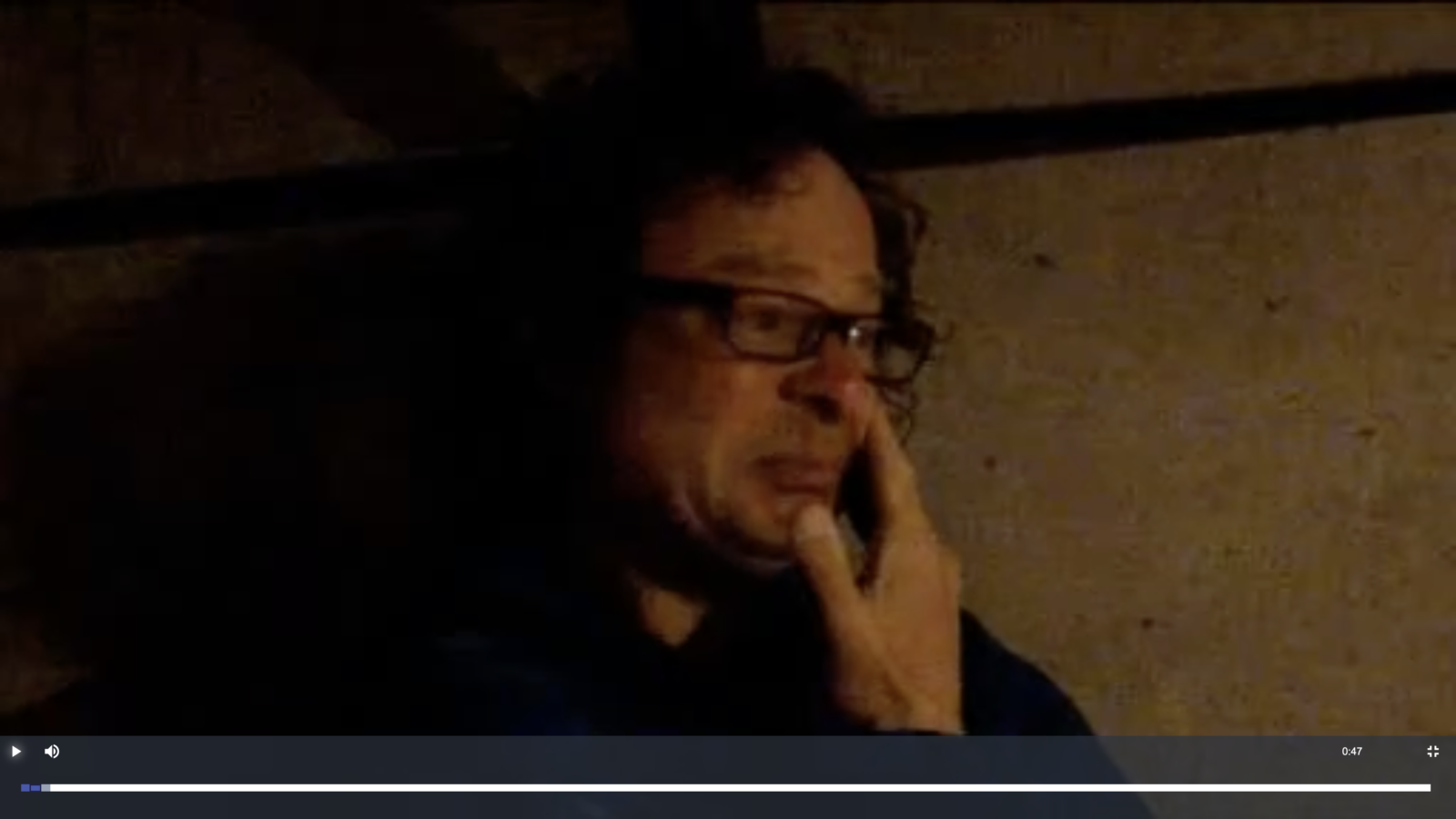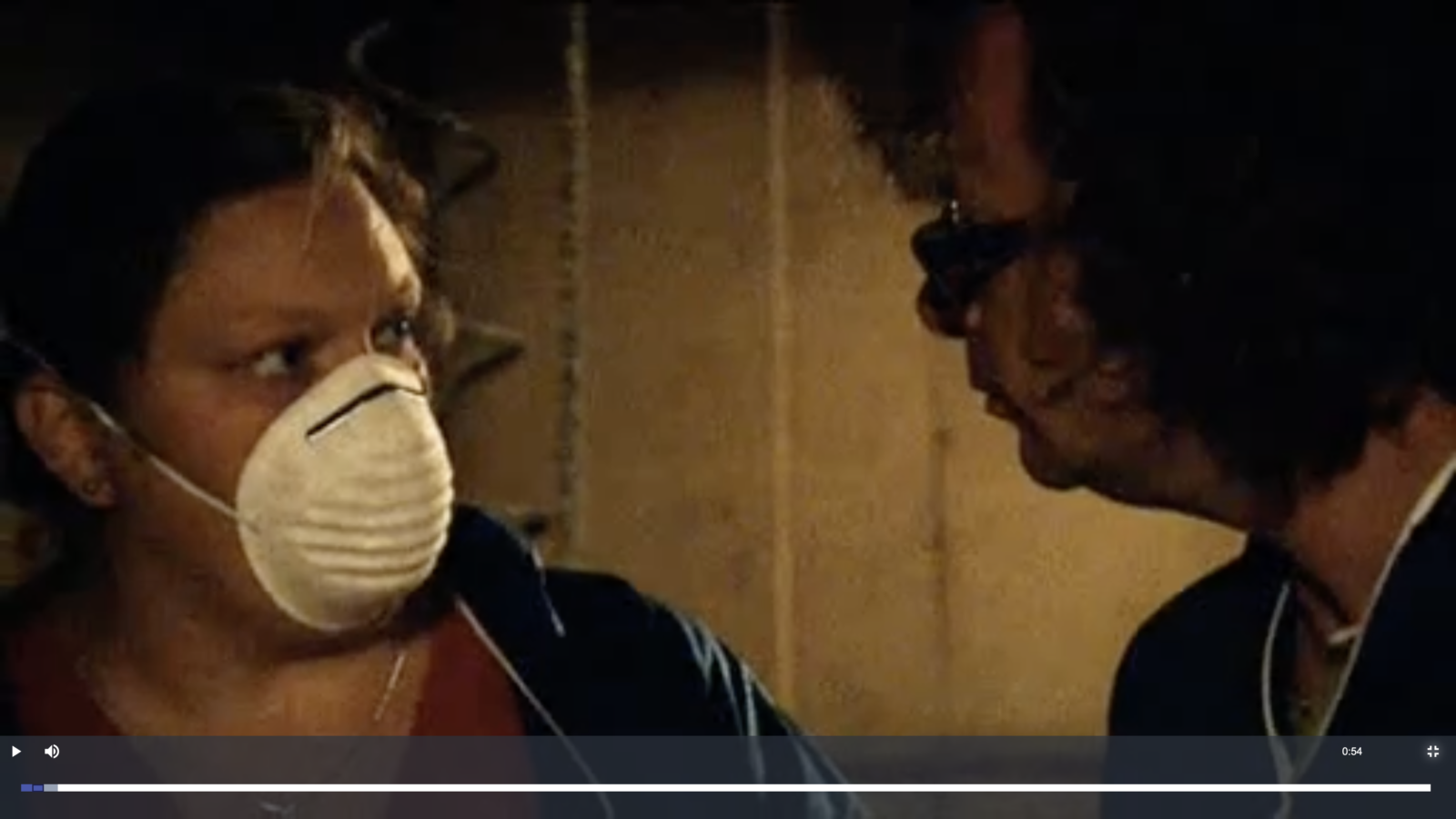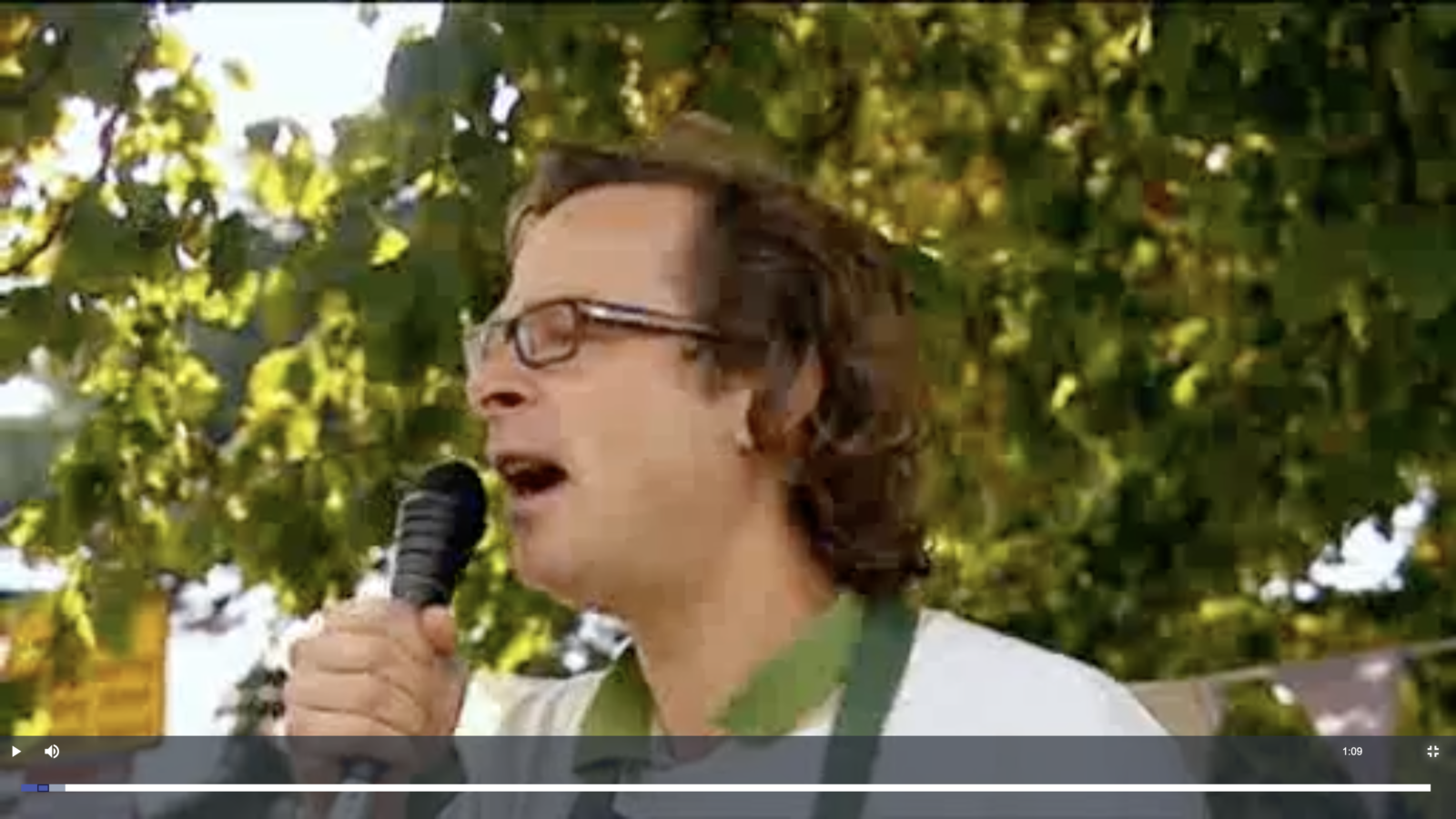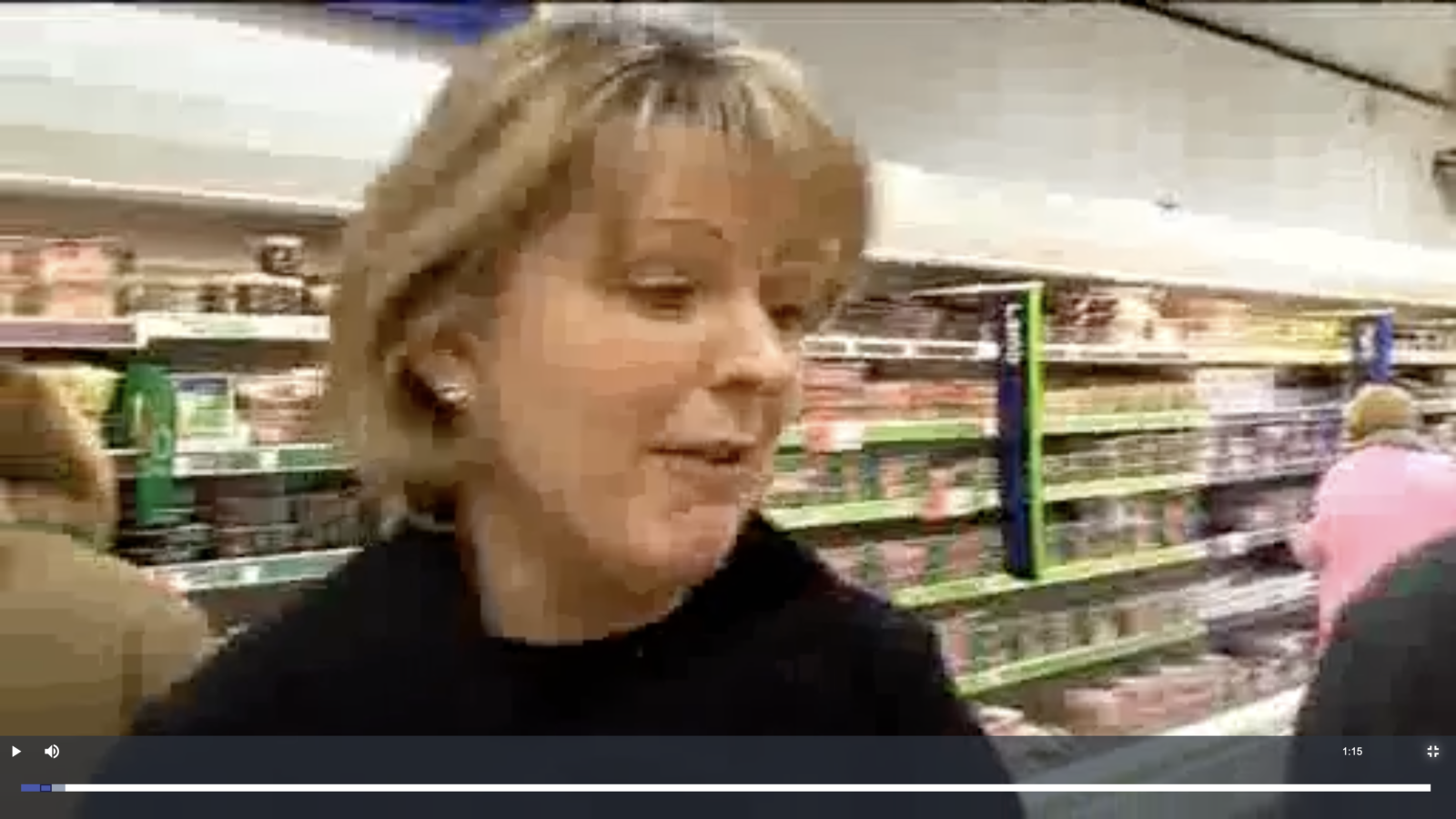
followthethings.com
Grocery | Gifts & Seasonal
“Chocolate: Last Week Tonight with John Oliver (HBO)“
A monologue by John Oliver on his Last Week Tonight show broadcast in the USA on HBO.
Full monologue posten on YouTube embedded above.
Satirist John Oliver is delivering his weekly monologue on late night American TV. It’s the day before halloween, where millions of chocolate sweets will be given to children knocking on doors in scary costumes [see our ‘Gifts & seasonal’ department for other Halloween examples]. But what’s scarier is the fact that the cocoa in that chocolate was probably picked by children in the Ivory Coast and Ghana in West Africa. Despite longstanding critiques of child labour in chocolate’s supply chains; despite legislation being passed to remove it; despite the major brands’ own schemes to eliminate it, child labour – and the modern slavery that often supplies it – persists in an industry that continues to make multi-$£billion profits. Oliver’s monologue is about consumers’ love of chocolate and the corporate evils that feed it. He combines acerbic takes on the chocolate corporations’ social responsibility rhetoric and advertising practices (including the distractions of a ‘f*@kable’ green M&M) with footage of filmmakers meeting children who pick cocoa, their families and communities. One clip of a Dutch journalist’s ‘gotcha’ moment with a Nestlé executive is particularly powerful. Admitting that coca farming communities suffered poverty and that’s why children had to work, the man from Nestlé abruptly ends the call when asked why he doesn’t just pay them more. That journalist went on to start his own ‘slave free’ chocolate company – Tony’s Chocolonely – which Oliver holds up as an exemplar. The chocolate business can work differently, because it is working differently. What’s needed to help this along – Oliver says – is regulatory change. With each episode of his show published on YouTube; with his use of humour to make depressing topics palatable to viewers; and with his championing of Tony’s – this was a provocative show. Commenters shared how much they loved Tony’s Chocolonely too, or that they were going to try some as a result of watching the show. Others criticised the writers for parroting Tony’s marketing materials, and pointed out that its journalist founder had left because Tony’s couldn’t make slave-free chocolate. Others said that other, more ethical, chocolate brands were available if you knew where to look. But, people chipped in, shopping differently isn’t the only way to tackle trade injustice. Trade justice can be achieved only via multiple forms of pressure, from multiple angles, constantly. And Oliver’s monologue didn’t help. Chocolate researchers criticised it for being full of the usual stereotypes. Cocoa farmers have never eaten chocolate? Nope. They may just pretend not to have eaten it for gullible Western filmmakers. And the writers bypassed – like most coverage does – those in producer countries who are trying to make a positive difference. For Oliver, it’s the Western brands and consumers who can save the day by acting more ethically. Yes, that’s very important. But it’s not enough. Can there be ethical consumption under capitalism? That’s the bigger question. It’s what everyone’s talking about here.
Page reference: Ian Cook et al (2025) Chocolate: Last Week Tonight with John Oliver (HBO). followthethings.com/chocolate-last-week-tonight-with-john-oliver-hbo.shtml (last accessed <insert date here>)
Estimated reading time: 78 minutes.
Continue reading Chocolate: Last Week Tonight with John Oliver (HBO) ![]()


